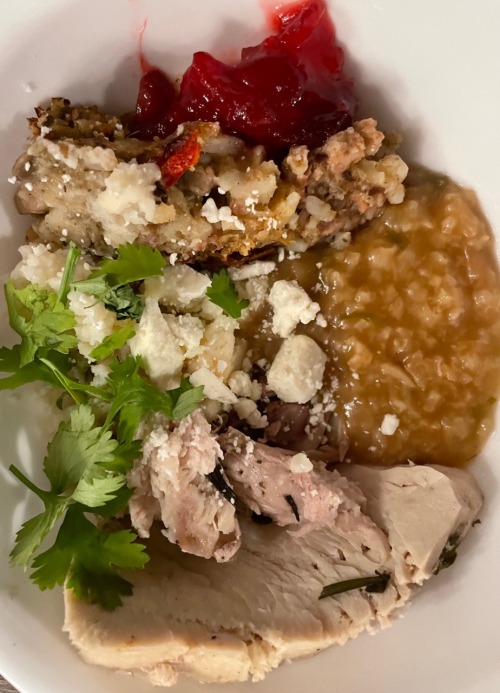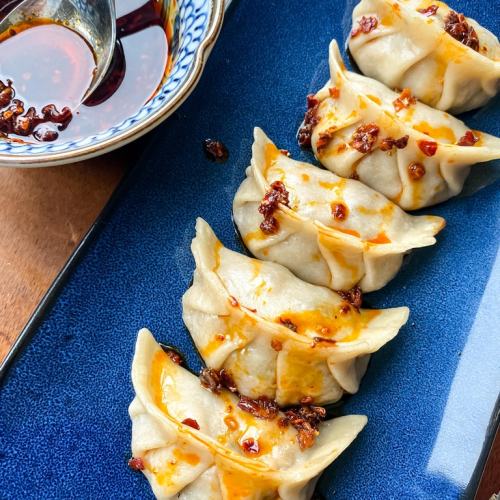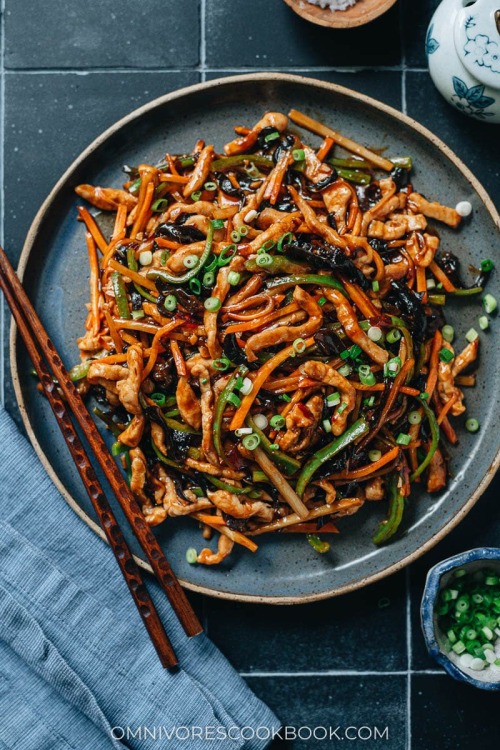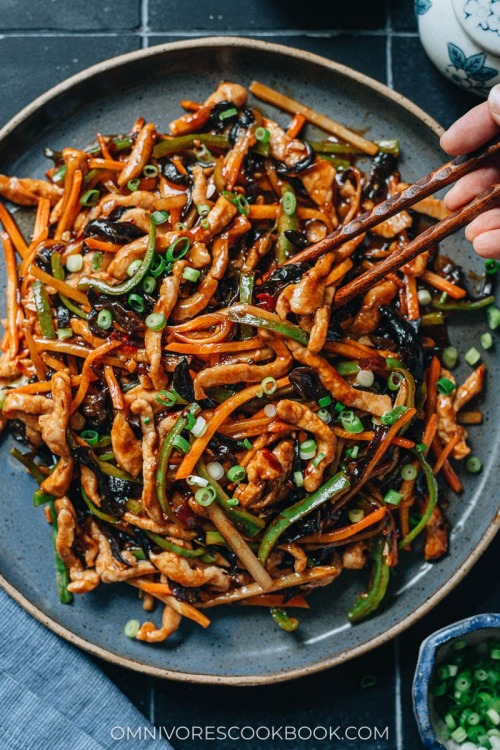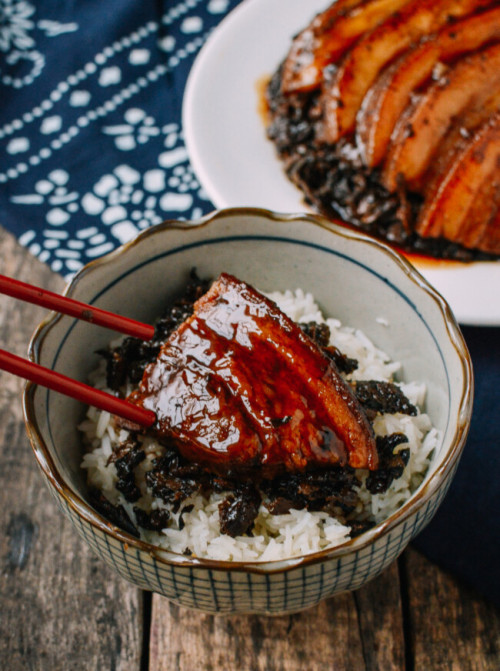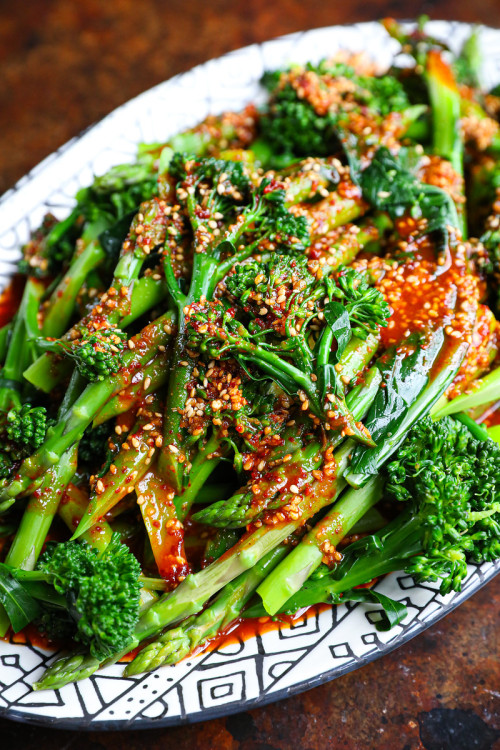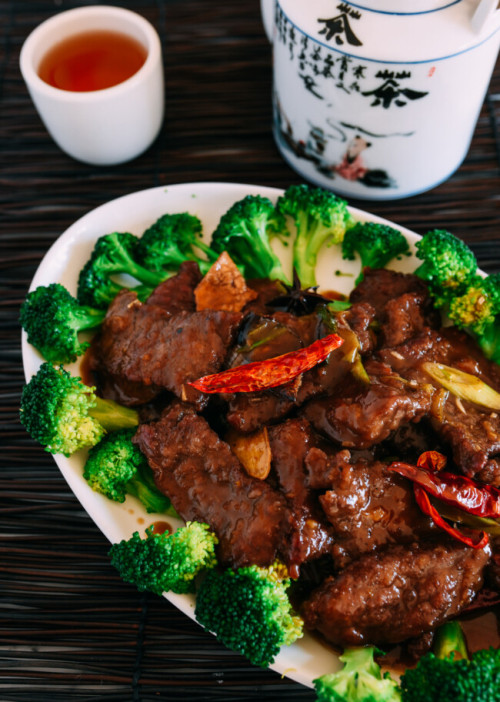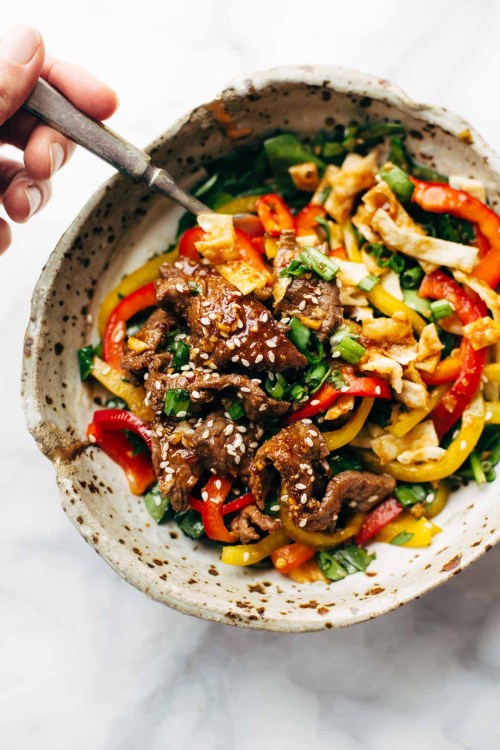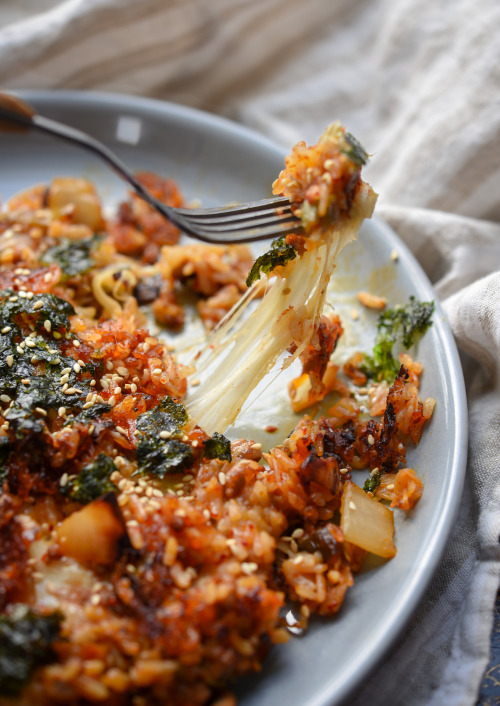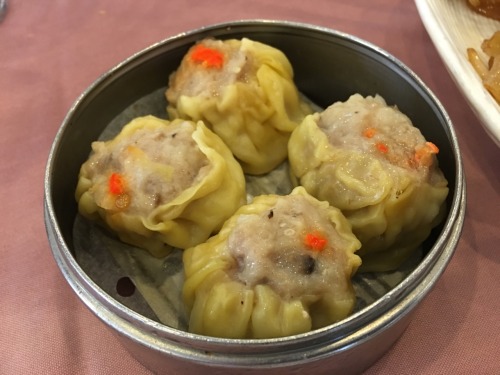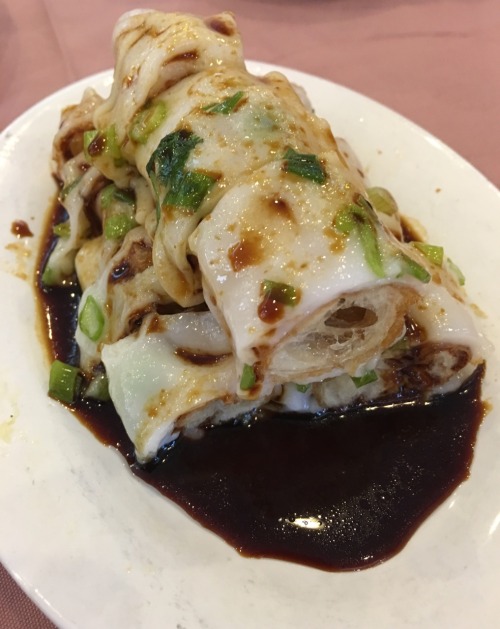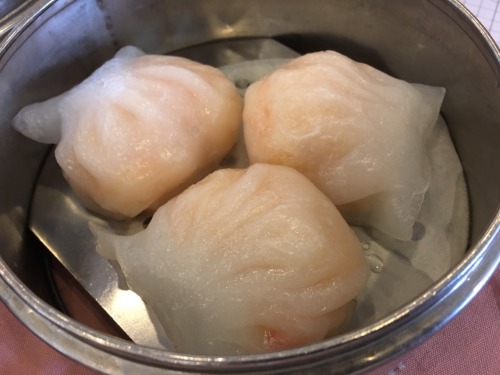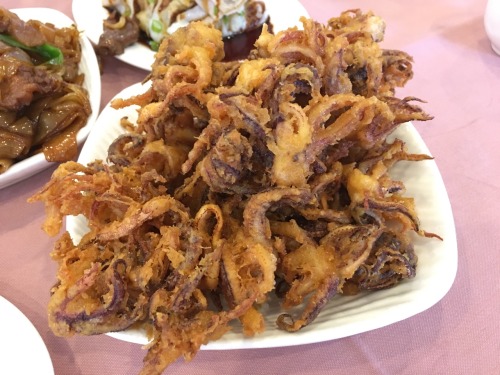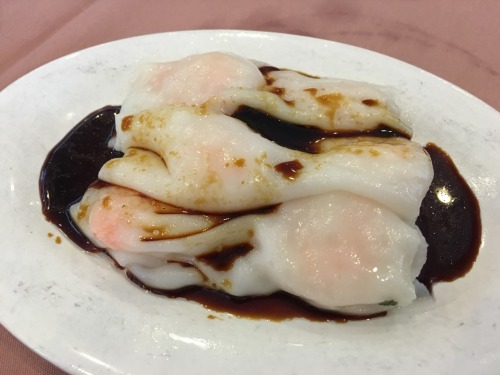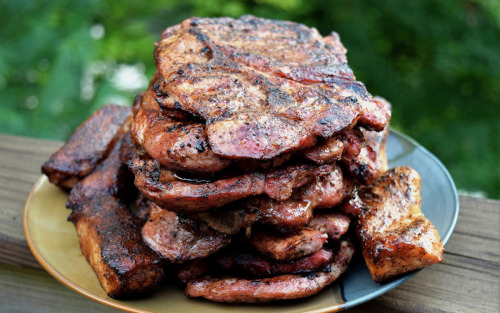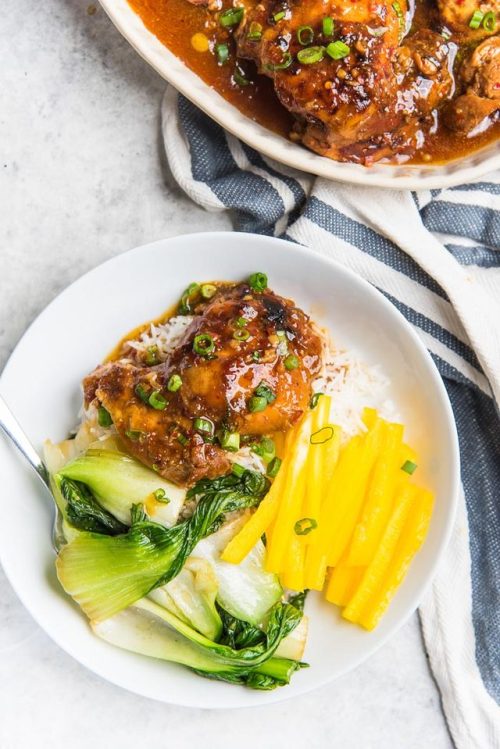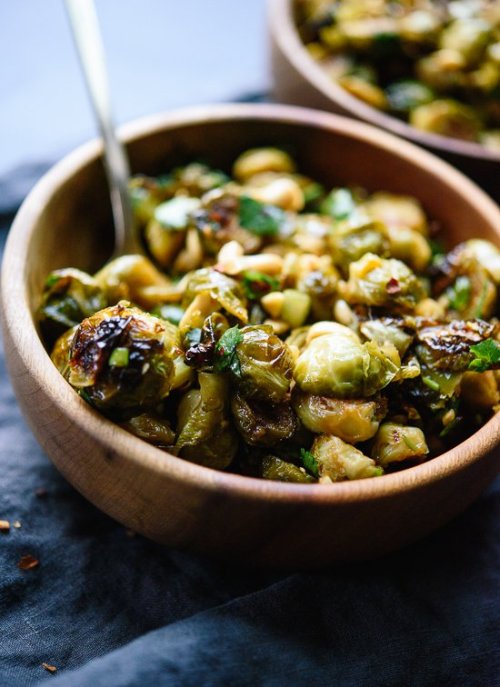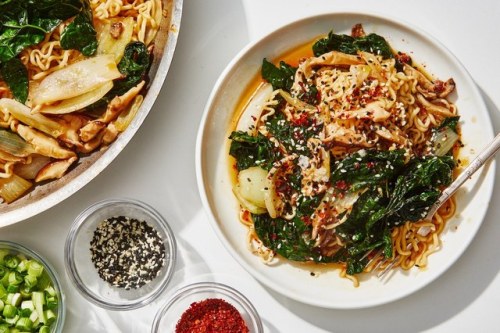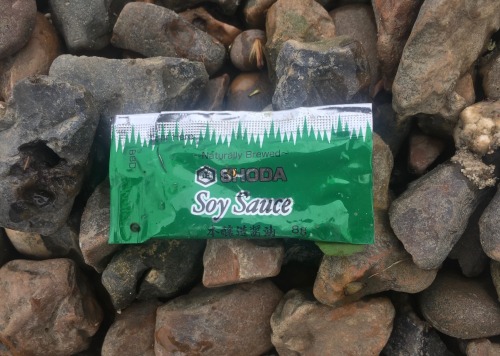#soy sauce

I made a stim gif out of a video my crush sent me
Please credit if using!


Another cute punny mani I originally did for V-Day, but posting late because I’m terrible with getting posts up in time for holidays. But a love themed mani works year round right?
Used in this mani:
Ella + Mila - Pure
What’s Up Nails - Neither Noir
Sally Hansen - Very Cherry
Painted Polish - Stamped In Stone
Glisten & Glow Topcoat
Stamping Plate: Sushi For Me from @uberchicbeauty
The Ultimate Guide to Potion Bases
We all spend so much time thinking about the correspondences of the actual ingredients that go into our potions that we often forget to think about what the potion base represents! (At least I do.) It would be nice to have a list of all the various liquids that can be used in place of water. Naturally, I can’t think of everything but I think this is a pretty good starting point! What else can be used? Eventually, at some point down the road, I will compile all these thoughts into a book on potion making and want to include this! Keep in mind that these are my own correspondences. Let me know if you disagree or if you’d change anything up! Let’s see how big we can make this list. Also, I should probably note that not all of these liquids can be ingested. (Obviously.)
The List
Vinegar: Used for cleansing and purification potions.
Lemon Juice: Used in hexing, cursing, or revenge potions.
Cranberry Juice: Used in love potions.
Apple Juice: Used in healing, knowledge, and youth potions.
Ammonia: Used in banishing, cursing, purification, and protection
Red Wine: Love potions and potions dealing with death and the afterlife.
White Wine: Used in platonic love potions as well as success brews.
Rum: Used in potions involving spirit work.
Whisky: Another good base for potion work.
Vodka: A good base for work involving rapid banishing.
Laundry detergent: Good for cleansing potions.
Oils: Used to speed up a process.
Molasses: Used in potions intended to slow a situation down.
Rubbing Alcohol: Another good base for cleansing and purification.
Hydrogen Peroxide: Used in healing potions.
Milk: Used in potions to promote sleep and peace.
Sour Milk: Used to cause nightmares or in potions designed to torment.
Orange Juice: For potions of solar importance, healing, success.
Soda Water: Used in potions designed to encourage laughter and giddiness.
Ginger Ale: Used in health or healing potions.
Olive Juice: Used in peace potions.
Honey: Used in potions to sweeten up another’s disposition.
Syrup: Used in abundance and prosperity potions.
Beer: Used in potions intended to induce slumber.
Clam Juice: Used in aphrodisiacs.
Cough Syrup: Used in healing potions and to make someone ‘cough it up.’
Soy Sauce: Used in protection potions. (Thanks Lexa Rosean for this one!)
Pineapple Juice: Used in abundance potions and fidelity potions.
Coconut Milk: Used in spiritual and magical cleansing potions.
Ice: Solid first, then melted for transformation potions.
Coffee: Really, a potion in and of itself in my book.
Vanilla Extract: In small amounts, used in passion potions.
Witch Hazel: Used in communication and cleansing potions.What else can you all think of?
Post link
Instant Pot Honey Soy Chicken Thighs
Servings: 6
STUFF
6 pieces of boneless chicken thighs 6 - 7 oz each, 2 - 2.5 lbs total
¼ cup honey
¼ cup light soy sauce
1 tbsp chili flakes crushed red pepper (optional)
4 - 5 garlic cloves
1 tbsp good quality chicken stock paste or 1 cube
½ yellow onion sliced thin (or 4 - 5 spring onions, sliced into big pieces)
2 whole star anise
¼ cup water
1 - 2 tbsp water
1 tbsp cornstarch
Sliced green onion and sesame seeds, for serving
STEPS
Add the chicken into the Instant Pot, and scrape in any leftover marinade in the bowl as well. Add the water and star anise and mix well.
Place the chicken, honey, soy sauce, and chili flakes in a bowl, and mix to coat well. Set aside. (If you’d like the chicken to be even more flavorful, you can let it marinate for about 1 hour, or up to 24 hours).
Set the instant pot to the saute setting. When the pot is hot, add about 1 tbsp of oil. Saute the onions and garlic cloves until the onions have softened and there’s some caramelization on the garlic cloves. Add the chicken stock paste (or crushed up cube) and mix it in with the onion and garlic.
Lock on the IP lid (vent closed) and set the IP to cook the chicken on high pressure for 7 minutes, and natural release for 5 minutes. Open the vent and allow the IP to depressurize.
Remove the chicken from the pot, and transfer them to a plate or a lined baking tray (if caramelizing - see below). Mash up the softened pieces of garlic cloves with a spoon or fork inside the cooking liquid.
Set the IP to saute. Mix the water and cornstarch together in a small bowl to make a smooth slurry.
When the cooking liquid starts to simmer, add half of the cornstarch slurry and stir through to thicken. Simmer for 1 minute. If you’d like to thicken the sauce further, stir in the rest of the cornstarch slurry and simmer for at least another minute. If you’re happy with the consistency of the sauce, let it simmer for a few minutes and then keep it warm until the chicken is ready.
Taste and season with more salt if necessary.
NOTES
If you’re using smaller chicken thighs, you can reduce the cook time to about 6 minutes. If you prefer the chicken to be cooked to a point where it’s really soft, then cook the chicken for a further 1 - 2 minutes.
If you’re using bone-in (skinless or skin-on) chicken, increase the cook time to 11 - 12 minutes (for large chicken thighs), or 9 minutes for smaller chicken thighs.
If you’re doubling the recipe, double the amount of honey, soy, garlic, chicken stock, chili flakes and onion. But keep the amount of star anise the same, and you can eliminate the water altogether (because the marinate will provide enough liquid for the recipe). You may need more cornstarch slurry to thicken the sauce.
Post link
Kung Pao Brussels Sprouts
Servings: 4
Prep Time: 15 mins
Cook Time: 30 mins
Total Time: 45 minutes
STUFF
Sprouts:
2 pounds Brussels sprouts
2 tablespoons olive oil
Kung Pao sauce:
2 tablespoons reduced-sodium tamari* or soy sauce
2 tablespoons honey or maple syrup
1 tablespoon rice vinegar
2 teaspoons toasted sesame oil
½ to 2 teaspoons sriracha, to taste
2 cloves garlic, pressed or minced
Garnishes:
⅓ cup roasted peanuts (either salted or unsalted)
⅓ cup chopped green onion (both green and white parts), about 3 green onions
2 tablespoons fresh cilantro leaves, chopped (optional)
Red pepper flakes (optional)
STEPS
To prepare the Brussels sprouts: Preheat oven to 400 degrees Fahrenheit. Trim the nubby ends and any discolored leaves off the Brussels sprouts, then cut the sprouts in half lengthwise.
Transfer the sprouts to a large, rimmed baking sheet (I covered mine in parchment paper first for easy cleanup), then toss them with about 2 tablespoons olive oil, until they are coated with a light, even layer of oil. Arrange the sprouts in an even layer, flat sides down, and roast for 25 to 30 minutes, tossing halfway, until they are tender and deeply caramelized on the edges.
Meanwhile, to prepare the sauce: In your smallest saucepan, add the tamari or soy sauce, honey or maple syrup, rice vinegar, sesame oil, ½ teaspoon sriracha and garlic. Whisk until combined, then taste and add more sriracha if you’d like (mine was just right with 1 ½ teaspoons sriracha, but I love spicy food).
Bring the mixture to a boil over medium-high heat, stirring occasionally. Reduce heat to medium and cook, stirring often, until the sauce has thickened, about 5 minutes. It’s done when, if you take it off heat long enough for it to stop bubbling and carefully tilt the pan back and forth, the sauce will slide down the pan rather than slosh.
Transfer the roasted sprouts to a medium serving bowl. Pour the sauce over the sprouts and toss to coat. Add the peanuts, green onion and optional cilantro and toss again. Serve immediately, with red pepper flakes sprinkled on top if you’d like a little extra heat (and color).
NOTES
MAKE IT GLUTEN FREE: This dish is gluten free as long as you use gluten-free tamari, which is a variety of soy sauce that is usually (but not always, check the label) gluten free. I always use tamari instead of soy sauce because I prefer the flavor of it! Look for tamari next to the soy sauce in the Asian aisle of the grocery store.
MAKE IT VEGAN: Simply swap maple syrup for the honey instead when making the sesame glaze.
MAKE IT PEANUT-FREE: Just omit the peanuts. You might like a sprinkle of sesame seeds instead.
CHANGE IT UP: Broccoli would be a fantastic substitute for the sprouts, and probably cheaper, too!
NUTRITION
Calories 233
Total Fat 11.1g
Saturated Fat1.6g
Trans Fat0g
Polyunsaturated Fat2.3g
Monounsaturated Fat6.6g
Cholesterol 0mg
Sodium 430.8mg
Total Carbohydrate 30.4g
Dietary Fiber8.8g
Sugars14g
Protein 9.2g
Post link
Garage Ramen Noodles
Servings: 4
STUFF
1 bunch Tuscan kale, de-stemmed and torn into
2 medium-sized yellow onions, each cut into 8 wedges without roots or tips
5-6 oz shiitake mushrooms (or cremini), de-stemmed and sliced
4 packs dried ramen noodles without seasoning packets
⅓ cup mirin
⅓ cup soy sauce
2 Tbsp. oil
1 Tbsp. toasted sesame seeds
¼ cup rice vinegar
Neutral oil
Pinch of kosher salt
STEPS
Fill a pot with salted water and bring it to a boil. While waiting for the water to boil, heat some neutral oil over medium heat in a large skillet, and throw your chopped onions in there. Stir them occasionally as they start to get tender. Once your water is boiling, throw 4 packs of dried ramen noodles in there.
Cook dried ramen noodles for about 3 minutes so they’re slightly underdone. While the noodles are cooking, add your sliced mushrooms and kale to the skillet, with a bit of kosher salt and a splash more oil. Transfer them to the skillet (and saving a scoop of the cooking liquid, as you would pasta water).
The kale and mushrooms will cook almost all the way as you stir them around in the skillet. When you add your undercooked ramen noodles, the vegetables will finish with that residual heat. Make sure to leave the heat on under your skillet.
We’re adding our real flavor enhancers now, which also create our sauce. Add a splash of reserved ramen noodle water, ⅓ cup mirin, ⅓ cup soy sauce, 2 Tbsp. oil, 1 Tbsp. toasted sesame seeds, and ¼ cup rice vinegar to the pan, pouring over the noodles and vegetables. Toss everything in the skillet for a couple minutes, so the sauce gets all up in the noodle’s business. You don’t want any sauceless noodles.
And now, you plate. Make a nice little mountain of stir-fried noodles on your plate or in your bowl. Make sure you get plenty of kale and mushrooms. Top it with more toasted sesame seeds, some hot sauce, flaky sea salt, or chile flakes.
Post link
mmm whole-meal noodles with chickpeas and veggies

Asian style noodles under 20 minutes - my type of meals
* click on photos for a better quality

1. What is required:
- 300 g. noodles
- shiitake mushrooms (I bought the package of 30 g. dried mushrooms. I soaked them in hot water for several hours until soft)
- 250 g. frozen edamame or green beans
- ~ 100 ml. rice vinegar
- 2 tbsp soybean paste (I am using the Korean one. You can use miso paste. In this case take 3 tbsp because it’s less saltier)
- 2-3 garlic cloves
- 2 tsp maple syrup
- 2 tbsp soy sauce
- 80 ml. tahini
- raw radishes and sesame seeds to garnish (optional)
* I am also using lemon grass powder and the mix of Asian spice.

2. Cook the noodles according to the package instructions. Rinse under cold water.
3. Chop mushrooms into quarters.

4. Heat a large pan. Cook mushrooms and green beans/edamame in water or oil over medium heat.

5. While vegetables are cooked, mince the garlic cloves.

6. Mix tahini, soybean paste, soy sauce, rice vinegar, and maple syrup in a bowl. Add the minced garlic.

7. When vegetables are soft, add noodles and the tahini sauce. Mix well and cook for 5-7 minutes.

8. Garnish with sesame seeds and sliced radishes.

Soy sauce sachet. Soy sauce was created about 2,200 years ago in China. Shoda Sauces was established in south Wales in the late 1990s.
Post link

